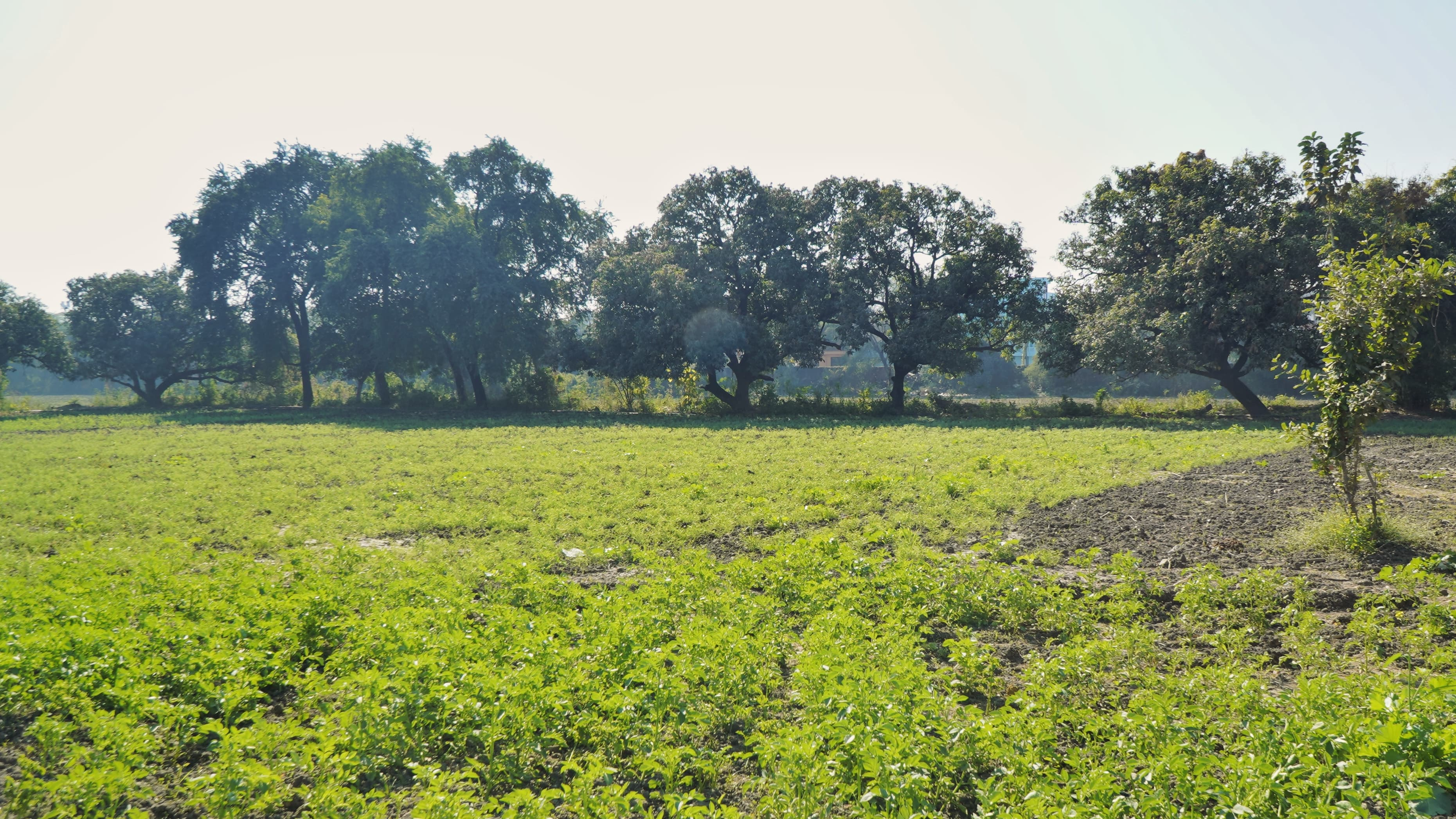 Loading...
Loading...
 Loading...
Loading...

Nestled in the tranquil region of Chhatarpur, Madhya Pradesh, the Biotic Farm, managed by MP Gandhi Smarak Nidhi, exemplifies the essence of Gandhian ethos through its commitment to organic farming and ecological balance. Spanning 30 acres of verdant land, this farm serves as a beacon of biodiversity and sustainable agricultural practices.

Rich Biodiversity
The Biotic Farm is a sanctuary for a diverse range of flora, featuring an impressive collection of fruit-bearing trees, medicinal plants, and indigenous species. Among its many offerings are fruits such as mango, guava, banana, tamarind, bael, and jujube. The landscape is adorned with majestic trees like the banyan, which not only enhance the aesthetic appeal but also provide essential habitats for countless bird species, fostering a vibrant ecosystem that thrives on life and interaction.
Sustainable Agricultural Practices
In addition to its rich biodiversity, the farm cultivates a wide variety of pulses, millets, grains, and seasonal vegetables, adhering strictly to organic farming principles. This holistic approach promotes a harmonious coexistence between humans, plants, and animals, nurturing a profound connection with nature. By utilising natural farming methods, the Biotic Farm emphasises the importance of maintaining soil health and promoting ecological fairness, aligning perfectly with Gandhian values of simplicity and sustainability.
Philosophy of Coexistence
At the heart of the Biotic Farm's philosophy lies a commitment to developing and sustaining a deep relationship with the environment. This initiative not only enhances agricultural productivity but also inspires a lifestyle that respects and cherishes nature's gifts. The farm stands as a model for sustainable living, demonstrating how agriculture can harmoniously coexist with biodiversity.
The Biotic Farm in Chhatarpur is more than just an agricultural venture; it is a testament to the principles of Gandhian thought—promoting sustainability, respect for nature, and community well-being. As a sanctuary for biodiversity, it offers invaluable lessons on the significance of coexisting with our natural surroundings, making it an exemplary model for future generations seeking to embrace sustainable practices in harmony with nature.

